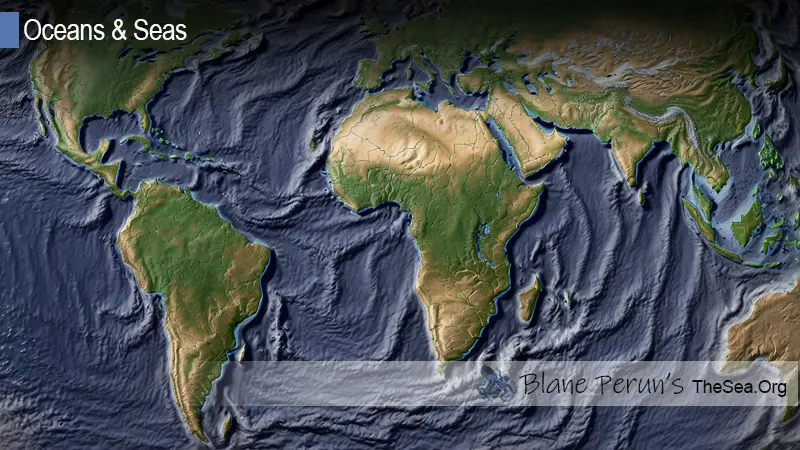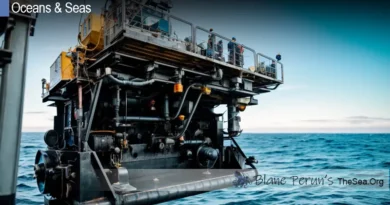We Have Better Maps of Mars Than of The Ocean
Exploring the Ocean Depths: A New Frontier as Intriguing as Mars
The mysteries of the ocean floor have always captivated the human imagination. Its vast expanse, covering over 70% of our planet’s surface, remains largely uncharted, offering a wealth of knowledge yet to be discovered. With the recent advances in drone technology, we are on the cusp of revealing the ocean’s deepest secrets.
The Paradox of Terrestrial vs. Marine Exploration
While we’ve managed to map planets like Mars with great precision, the irony is that we know significantly less about our own ocean floor. This disparity highlights our quest for the unknown, whether it’s in distant galaxies or our own backyard.
Pioneering Drone Technology: Unlocking the Ocean’s Mysteries
Drone technology has revolutionized many industries, from agriculture to cinematography. But its potential in marine exploration is unmatched. These unmanned vehicles, equipped with advanced sensors and cameras, can plunge to the ocean’s deepest trenches, sending back real-time data and images.
Advantages of Using Drones in Marine Exploration:
- Deep Diving Capability: Traditional submarines and manned vehicles face limitations in terms of depth and duration underwater. Drones can operate at extreme depths for extended periods.
- Data Collection: Modern drones come equipped with state-of-the-art sensors that can measure temperature, salinity, and pressure. This data is invaluable for scientific research.
- Safety: Exploring the ocean floor can be treacherous. Using drones eliminates the risks associated with manned missions.
- Cost-Effective: In comparison to large manned expeditions, drones offer a more affordable and efficient alternative for marine exploration.
Potential Challenges in Ocean Floor Mapping
While the advantages are numerous, there are challenges to consider:
- Navigating Currents: The ocean’s currents can be unpredictable. Drones need advanced navigation systems to maneuver through them.
- Pressure and Corrosion: The deep ocean’s pressure can crush equipment, and saltwater can corrode it. Ensuring drones are built to withstand these conditions is crucial.
- Data Transmission: Sending data from the ocean’s depths to the surface in real-time can be a challenge due to the vast distances and interference.
Drones: The Future of Marine Exploration
As technology continues to evolve, so too will our ability to explore and understand the ocean floor. With every drone mission, we inch closer to mapping the entire ocean floor, unlocking its many mysteries and treasures.




